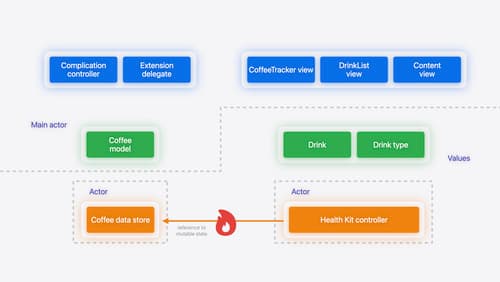what can we do about network
Asked on 2025-03-10
1 search
At WWDC, Apple introduced several updates related to network management and privacy. Here are some key points:
-
Device Management: iOS and iPadOS 18 now support multiple private cellular network payloads, allowing configuration for up to five private 5G or LTE networks. This enables more flexible network management for organizations (What’s new in device management).
-
Privacy Enhancements: macOS Sequoia introduces control over local network access, requiring apps to provide a clear usage description for accessing local networks. This is part of a broader effort to enhance privacy and security by ensuring users are informed about how their data is used (What’s new in privacy).
-
Wi-Fi Address Management: iOS 18 introduces a feature called "Rotate Wi-Fi Address," which changes the MAC address for a network approximately every two weeks to enhance privacy. This feature is also available on macOS (What’s new in privacy).
These updates reflect Apple's ongoing commitment to improving network management capabilities and enhancing user privacy across its platforms.

A Swift Tour: Explore Swift’s features and design
Learn the essential features and design philosophy of the Swift programming language. We’ll explore how to model data, handle errors, use protocols, write concurrent code, and more while building up a Swift package that has a library, an HTTP server, and a command line client. Whether you’re just beginning your Swift journey or have been with us from the start, this talk will help you get the most out of the language.

Explore the Swift on Server ecosystem
Swift is a great language for writing your server applications, and powers critical services across Apple’s cloud products. We’ll explore tooling, delve into the Swift server package ecosystem, and demonstrate how to interact with databases and add observability to applications.

Migrate your app to Swift 6
Experience Swift 6 migration in action as we update an existing sample app. Learn how to migrate incrementally, module by module, and how the compiler helps you identify code that’s at risk of data races. Discover different techniques for ensuring clear isolation boundaries and eliminating concurrent access to shared mutable state.
